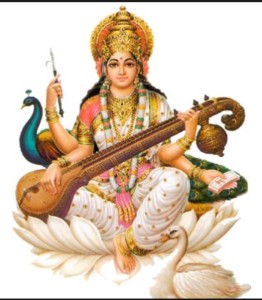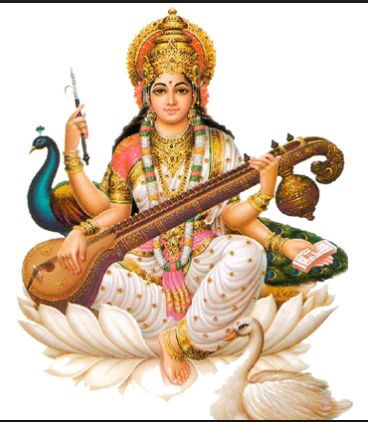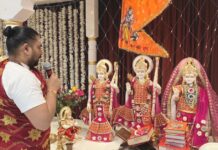 Vasant/Basant Panchami has a specific meaning: Vasant means “spring” and Panchami means “the fifth day.” Vasant Panchami represents the first day of the Spring season that falls on the fifth day of the bright fortnight of the lunar month of Magh, which usually comes in the months of January and February in Gregorian calendar. This festival marks the end of the winter season and announces the beginning of Vasant Ritu (spring season).
Vasant/Basant Panchami has a specific meaning: Vasant means “spring” and Panchami means “the fifth day.” Vasant Panchami represents the first day of the Spring season that falls on the fifth day of the bright fortnight of the lunar month of Magh, which usually comes in the months of January and February in Gregorian calendar. This festival marks the end of the winter season and announces the beginning of Vasant Ritu (spring season).
On Vasant Panchami day, the following religious and cultural festivals are celebrated by Hindus in different regions of India, Nepal, and the rest of the world. Hindus observe this day as a religious festival by performing Saraswati Puja, also called Shree Panchami and also the birthday of the Deo-Sun God in Bihar; Sufis observe Basant in Sufi shrines; in Punjab region Basant is observed in Gurdwaras as a Sikh festival and as a Festival of kites as well in many regions.
On this day, Hindu temples and households perform puja of Ma Saraswati, the Goddess of intellect, wisdom, and learning with great enthusiasm and reverence for her blessings to succeed in life. She embodies the different facets of learning such as the sciences, arts, crafts, music, and many other skills.Pens, pencils, and notebooks are placed near her feet to be blessed before they are used by students.
In Bengal, people take out the books, pens and pencils on the next day only. People wear bright yellow dresses and participate in the festivities and they offer yellow flowers to gods and goddesses and to others as well. They also prepare feasts like Kesar (saffron) Halva, Kesar Pedhas, Kesar milk and others. At this time of the year, the whole land in North India bursts with yellow mustard flowers. So, the color yellow holds a special meaning for this celebration as it signifies the brilliance of nature and the vibrancy of life.
Ma Saraswati is calm and composed and is always wearing a white dress. She has four hands which symbolize ego, intellect, alertness, and the mind. She carries a lotus and scriptures in two of her hands and she plays music on the Veena (an instrument similar to a sitar) with her other two hands. She is often pictured as seated on a white lotus or a peacock or a white swan. Her white dress is a symbol for purity.
On this day, Ma Saraswati rides on her white swan which symbolizes SatwaGuna (purity and discrimination) and also signifies that people will have the ability to discern the good from the bad. Her sitting on a lotus symbolizes her wisdom. When the goddess is seen sitting on a peacock, it is a reminder that a strong ego can be held high by possessing all the wisdom. Ma Saraswati, therefore, is known as a Goddess of truth that triumphs in the world. Kite flying is a popular custom associated with this festival. Flying kites on this day signifies freedom and enjoyment.
Ma Saraswati is a divine consort of Lord Brahma, the Creator of the universe. Since knowledge is necessary for creation, Saraswati symbolizes all the three forms of creative power of our trinity of Brahma, Vishnu and Shiva to create, maintain and regenerate-recycle the Universe respectively.Her puja and blessings provide us the power of creativity and coordination among different aspects of music, dance, art, science, philosophy, technology, and others and create new things in the world.
Ma Saraswati puja on Vasant Panchami removes gloominess and ignorance from one’s life as she bestows knowledge, intelligence, and memory power.Her puja provides power, happiness, name and fame, reasoning powers, and long life.It is believed that Ma Saraswati bestows her devotees with knowledge and wisdom and enlightens ignorant minds and ensures that her devotees lead a life that is devoid of darkness.
Pandit Anil Joshi







